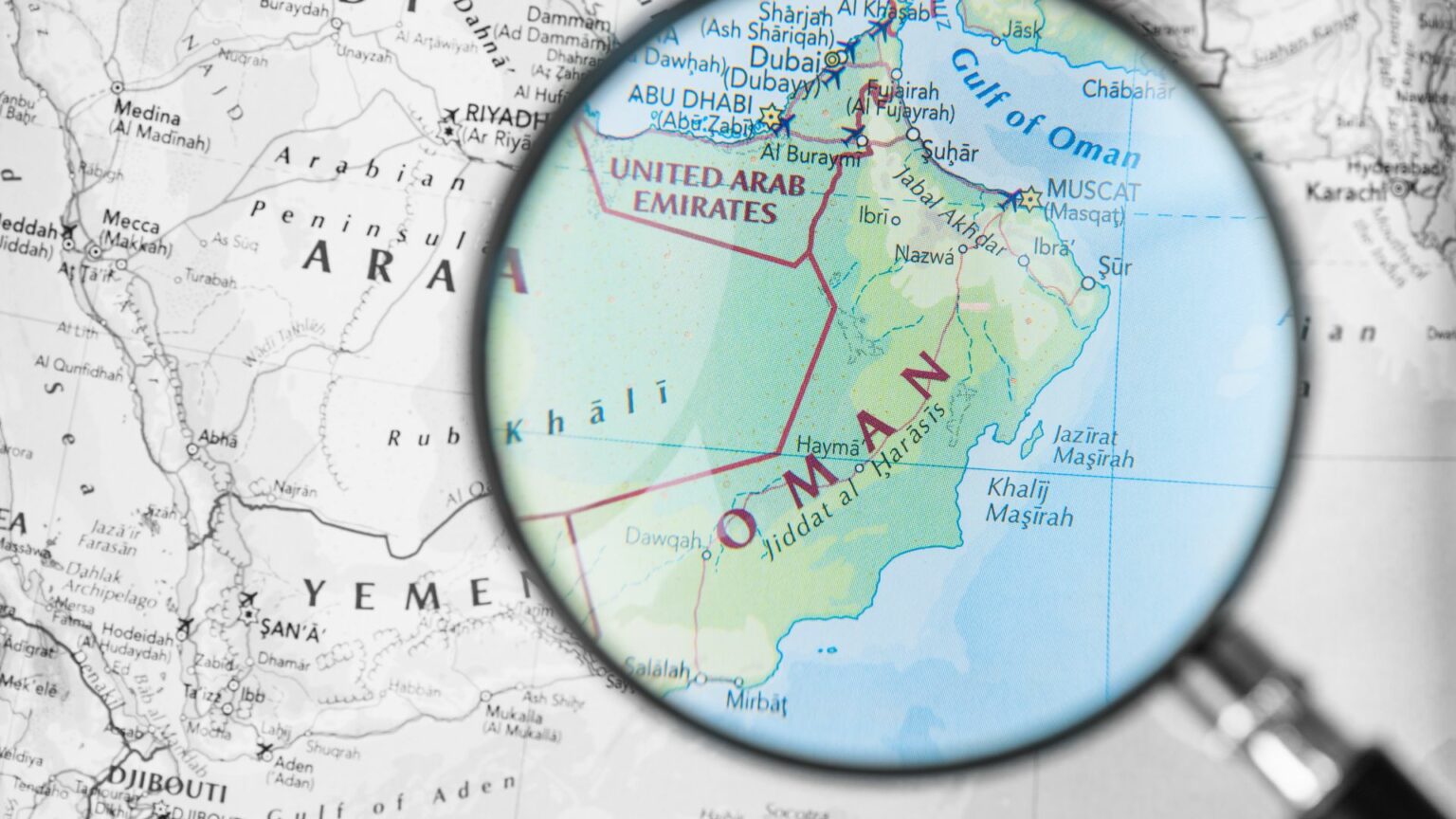Oman is aiming to accelerate its green hydrogen ambitions with the launch of a Single Permit System, unveiled during the kickoff of its third green hydrogen auction round.
The initiative, spearheaded by Hydrom, the country’s central hydrogen authority, targets a long-standing bottleneck in the project development process: the fragmented, multi-agency permitting landscape that has historically slowed progress.
The latest land block up for auction—up to 300 square kilometres near Duqm’s Special Economic Zone—marks a continuation of Oman’s strategy to allocate vast tracts for integrated hydrogen production powered by solar and wind. But the real shift this round lies in administrative reform. “We can issue a single automatic permit on the day of award,” said Hydrom Managing Director Eng. Abdulaziz Said al Shidhani, highlighting a key deliverable from the National Green Hydrogen Ecosystem Readiness Laboratory.
Historically, green hydrogen developers in Oman needed to navigate approvals from more than a dozen government agencies—including the Ministry of Energy and Minerals, Environment Authority, Civil Aviation Authority, and the Ministry of Defence. The new one-stop system collapses these into a single point of access, promising developers immediate land entry upon award—though conditional obligations remain.
This administrative rationalization is expected to compress timelines, a critical advantage as competition heats up in the global hydrogen market. Countries including Saudi Arabia, the UAE, and Australia are vying for early-mover advantage by fast-tracking regulatory and infrastructure pathways.
Hydrom’s reform comes amid broader signals of Oman’s intent to mature from auctioning land to enabling bankable, scalable export hubs. But whether the new system materially improves project bankability will hinge on execution and inter-agency coordination post-award—a lingering concern, given Oman’s layered institutional structure.
In a second policy shift, Hydrom is exploring allowing developers to sell surplus renewable electricity beyond vertically integrated hydrogen uses. Previous auction rounds restricted surplus sales to collocated industries. While the new option remains conditional—hydrogen output minimums must be maintained and regulatory approvals secured—it signals growing flexibility in Oman’s policy stance.
This could be a game-changer for project economics. Integrated hydrogen projects often oversize renewables to ensure supply security for electrolysers. The ability to monetize excess electricity—particularly if grid-connected—improves internal rates of return and diversifies revenue streams. However, regulatory clarity will be critical. Oman’s power market remains state-dominated, and mechanisms for third-party sales or grid injection are still evolving.
Eng. Abdulaziz noted the shift is under study and not yet formalized, indicating a cautious policy transition. Still, the move reflects recognition that rigid power-use constraints can deter investment—especially as global capital becomes more selective amid rising interest rates and growing scrutiny on hydrogen project viability.
By offering streamlined permitting and possibly enhanced revenue flexibility, Oman’s third auction round is designed to be more investor-friendly. The minimum project area—100 square kilometres—reinforces the country’s emphasis on large-scale export-oriented hydrogen. With Duqm positioned as a future export hub linked to deepwater ports and strategic shipping lanes, early allocation and operationalization will be critical to maintain international credibility.
For developers eyeing the region, the third auction round may offer both logistical and commercial advantages.
Stay updated on the latest in energy! Follow us on LinkedIn, Facebook, and X for real-time news and insights. Don’t miss out on exclusive interviews and webinars—subscribe to our YouTube channel today! Join our community and be part of the conversation shaping the future of energy.
